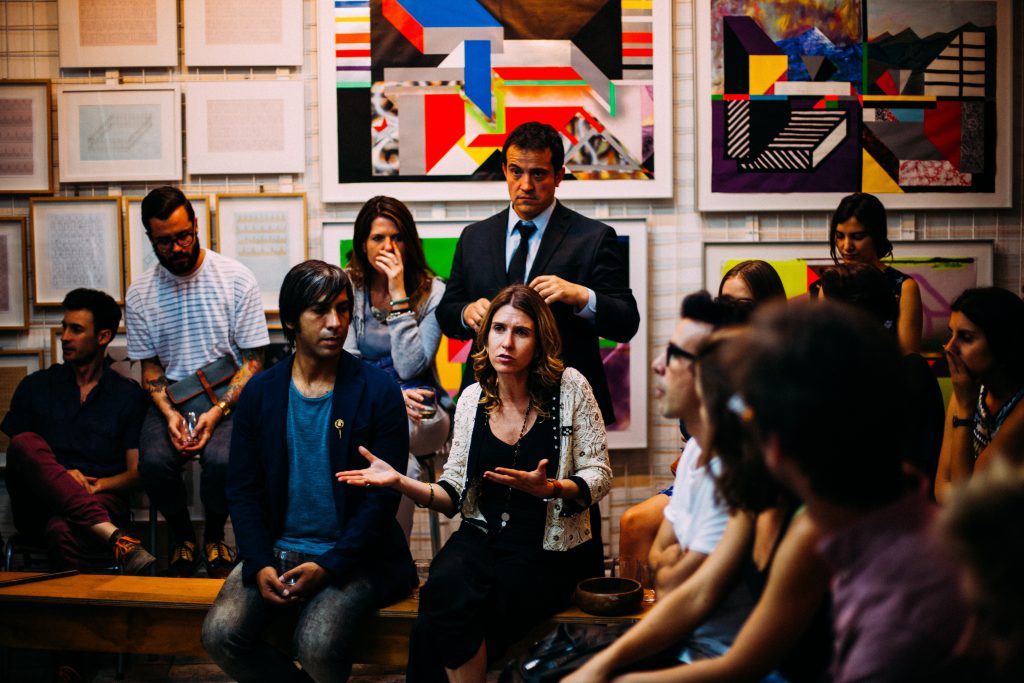





For Enablers
Without our local businesses, funders and government officials taking action within their own communities, CLD work can feel overwhelming.
The support of people and organisations who are in a position to give support where it’s most beneficial is the start of creating meaningful change in your place.

Supporting collaborative community-led action across diverse groups and sectors.
Engaging in and with communities requires awareness, preparation and clarity around:
- Your purpose. Get clear on your goal, e.g. more effective government decision making, better investment of existing resources, growing collaborative projects, removing bureaucratic barriers, stabilising a school roll, supporting business sustainability or hapū/iwi aspirations.
- Who the community context experts are that can help you reach out to diverse groups and tap into community wisdom
- And especially, how will you be an Effective Community Supporter of CLD? You also need to think about the changes in approach or paradigm shifts that may be required of you and your organisation.
Some of our research and advice to policy makers wanting to understand how collaborative place-based approaches can contribute towards systemic change and improved social and environmental well-being.
- The Peter McKenzie Project
- Our Advice to Incoming Ministers, 2017
- CLD election manifesto
- Our submission to Treasury
- Donna’s paper on incorporating CLD into economic and social policy
- Jim Dier’s blog on social justice
- David’s blog on embracing complexity
- Neighbourhood strengthening ideas from Jim Diers
